It’s the summer. At least it says so in the calendar. I’m not so sure, as I had to have the heating on this morning and I’m typing this while wearing a snuggly jumper. Ah well, welcome to Ireland…
Still, there’s an ideal way to pass those rainy, chilly so-called-summer days. Head to the cinema. The movies. The pictures. The flicks. Whatever you call them, summertime is always the best time for going to the movies. It’s the time when the Spielbergs and the Nolans and the Bays and the Disneys and the Bigelows all have their big blockbusters in the big screens. It’s also an ideal time for a bit of car-spotting…
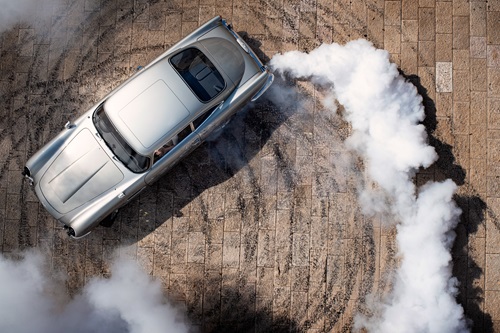
I know, I know — checking the sides and backgrounds of the shot does take you out of the film a bit, and it’s probably not what the screenwriter, the cinematographer, nor the director intended. But if you’re a bit of a car nut, it’s kind of hard not to car-spot from the comfort of your cinema seat. After all, Hollywood has long since known that the car’s the star…
Indeed, when a car was first used as a major plot device — an eloping couples’ jalopy breaks down, allowing the bride’s unhappy father to catch up with the romantic pair — the car itself was barely old enough to get into a cinema in the first place, what with it being 1903.
The car and the camera evolved pretty well alongside each other — the first cameras that we would recognise as being a grandfather to modern tech emerged only a couple of decades before the original Benz Patentwagen took to the roads — and directors and writers didn’t take long to realise that cars could outshine human stars on the silver screen. What’s generally agreed to be the first proper on-screen car chase featured in 1913’s Suspense, which means the first car chase was also directed by a woman — Lois Weber.
It didn’t have to be a suspenseful thriller to star a car — the famed Keystone Kops used a much-modified Ford Model T in their on-screen antics, as did the immortal Laurel and Hardy.
As films became more complex and morally dark — the days of the hard boiled detective Film Noirs — cars became tools for action, from the private detective’s doughty Ford Coupe to the Buicks of the Highway Patrol, and of course the elongated Cadillacs of the villains. Tommy-Guns, illicit bourbon, and nighttime chases across downtown Chicago. The car had become an action star.
Post-war, the cars became ever-more glamorous. Well, you’d need something glamorous to appear on screen with Grace Kelly, hence the fabulous metallic blue Sunbeam Alpine convertible in which she and Cary Grant race around the French Riviera, in Hitchcock’s To Catch A Thief. Racing movies were starting to come to the fore too, but forget the dreadful Elvis Presley film Spinout, and instead track down a copy of the hard-boiled thriller Checkpoint, which features the great Stanley Baker and a supporting cast of Lotus and Aston Martin racing cars.
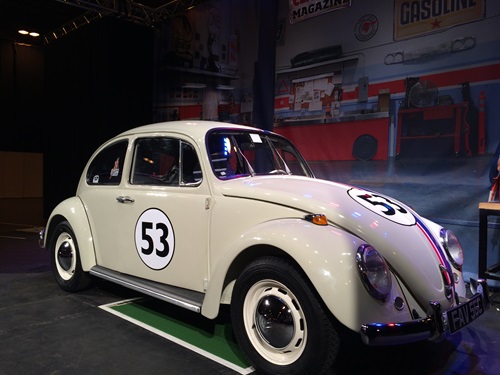
So far, cars had taken supporting roles, deferring to the mega-watt star power of the human talent, but in the 1960s and 1970s, this would change. Remember The Love Bug? You probably don’t recognise the title, but that’s the original Disney film featuring Herbie the sentient Volkswagen Beetle. Few will remember the movie’s human stars — Dean Jones, David Tomlinson, and Michele Lee — but everyone remembers the Beetle that could think for itself, drive itself, and win races all by itself. Some of the footage in the film is (rather obviously) speeded up, but the production company made genuinely fast Beetles too, fitting the 90hp flat-four engine from a Porsche 356. Herbie would go on to star in several sequels — Herbie Goes To Monte Carlo is the best of the bunch — and a 2000's reboot, Herbie: Fully Loaded.
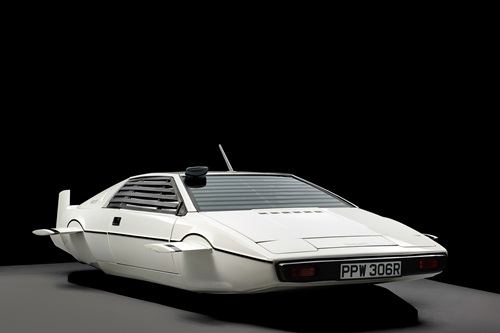
By the time the VW Beetle with a mind of its own was in cinemas, James Bond had already been thoroughly upstaged by a silver Aston Martin. The DB5 (with modifications…) used in Goldfinger became such as star that not only would it make comebacks in Bond films all the way through to the 2020's, it arguably became a bigger symbol of the films than Sean Connery itself. Often referred to as ‘The Most Famous Car In The World’ one of the original cars from the 1964 shoot has been missing for several years, following a heist from a supposedly secure storage location in the US. A reward is still offered for anyone who can help find the car, which is worth tens of millions of Dollars, Pounds, or Euro. While the DB5 is more famous, we can’t help prefer a couple of other Bond cars. The white Lotus Esprit S1 as featured in The Spy Who Loved Me in 1977 is not only achingly cool in itself, and not only turns into a submarine when Bond drives it rapidly off a pier in Sardinia, but in the action sequence car chase (Esprit versus helicopter!) it’s actually being driven not by Roger Moore, but by Lotus’ own legendary development driver, Roger Becker.
We also have a soft spot for the 1987 Aston Martin V8 Coupe driven by Timothy Dalton in The Living Daylights. It’s one of the best Bond films anyway (fight us…) but the car scores extra points for being gorgeous, having a rocket motor and skis, and for actually being the personal car of then-Aston Martin chairman Victor Gauntlett, a man whose personal deep pockets kept Aston alive through many a fallow sales period.
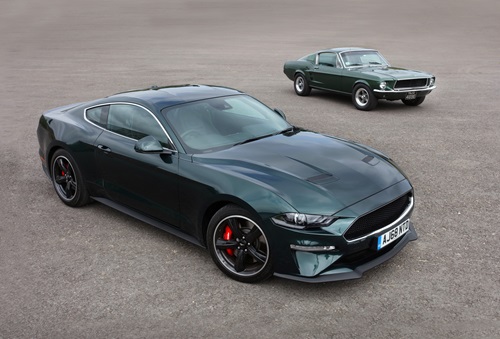
Of course, we’ve skipped over one major movie mega-star here. The 1968 Ford Mustang GT Fastback, as driven by Steve McQueen in Bullitt. This film is legendary for its car chase, which speeds and screams through San Francisco, using those iconic hills to launch both the Mustang and the sinister black Dodge Charger that it’s chasing high into the air. The car chase is as famed for its mistakes — how many hubcaps does each car lose? How many times does the same green VW Beetle wander through a shot?) as its realism. McQueen, ever a keen driver, tried to take the wheel himself as much as possible, forcing director Peter Yates and stunt drivers Carey Loftin, Bud Ekins, and Loren James to sneak out early in the morning to film the most dangerous sequences. However, the beauty of the sequence (a standout in an otherwise pretty plodding police movie) is that you really can see McQueen behind the wheel in several shots, and they really are going that fast.
Today, you can even buy your own Bullitt Mustang. Ford has regularly made special edition versions of the modern-day Mustang, complete with the iconic Highland Green paint, and the most recent version was even sold in Ireland with right-hand drive. It’s not cheap to run, with a 5.0-litre V8, but it’s a way to grab yourself a slice of movie-making magic to put on your own driveway.
We could go on and on — the converted Cadillac ambulance from Ghostbusters, the evil Plymouth from Christine, the DeLorean from Back To The Future — but there are two modern-day standouts.
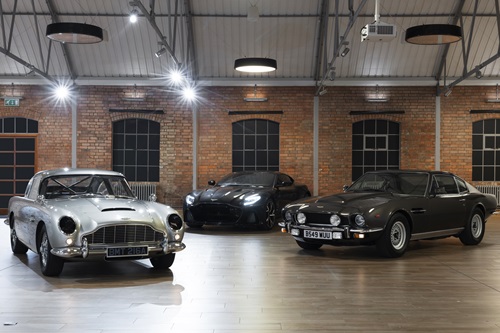
In No Time To Die, Daniel Craig’s final Bond film, there’s a stunning, tyre-shredding chase through the narrow streets of an Italian hilltop village with what appears to be a fire-spitting 1964 Aston Martin DB5. I say appears because even the producers of the Bond films couldn’t stretch to the budget necessary to actually trash a real DB5 on-screen (they’re worth at least €500,000 each these days). Instead, Aston Martin itself took a handful of early-2000s BMW M3s, ripped off the bodywork, and fitted a lookalike DB5 body and interior, creating the perfect stunt cars with all the sixties glamour, but none of the auction value. Reportedly, Aston has rebuffed several requests from well-heeled clients to create such cars for road use…
Finally, there’s Baby Driver. Directed by Edgar Wright (Shaun Of The Dead, Hot Fuzz) this is unquestionably the best recent car-chase movie, as Ansel Elgort’s taciturn ‘Baby’ steers a series of getaway cars in frantic chases across downtown Atlanta. The best sequence — perfectly cut to the beat of Bell Bottoms by the John Spencer Blues Explosion — sees the Atlanta police foiled by a bright red Subaru Impreza Turbo in a wild car chase which, thankfully, features minimal computer generated images and maximum four-wheeled carnage. Seek it out — it’s worth catching.